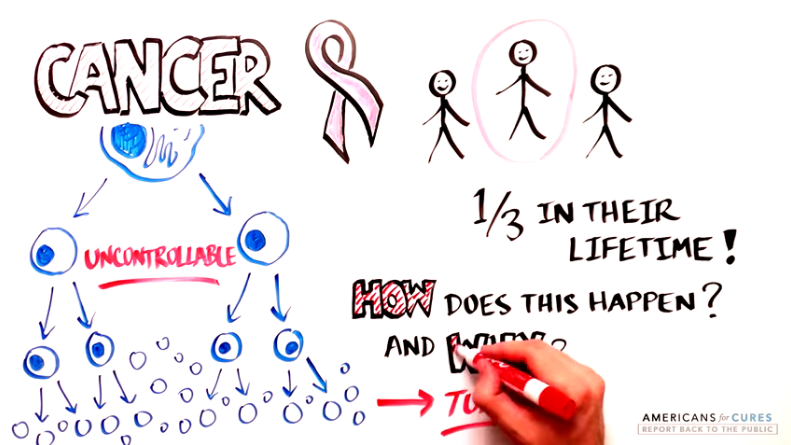CIRM’s Progress: Selected Research Highlights
- Researchers at UC Davis have used different types of natural and synthetic scaffolds using stem cells to grow new tracheas for transplant.
- Researchers at UCLA have used stem cells in disease modeling to better identify therapies for idiopathic pulmonary fibrosis (IPF).
- Researchers at UCLA have also targeted lung cancer by understanding stem cell populations involved in the repair of the lung and how these cells give rise to lung cancer, a critical step in potentially creating new therapeutic targets for lung cancer, and creating an opportunity for a screening process to detect lung cancer at an early stage.
- CIRM has funded three clinical trials in the COVID-19 space, across three institutions.
- CIRM has also funded numerous early stage and pre-clinical studies in both the areas of respiratory disease and COVID-19. An example includes:
- Researchers at Cedars Sinai have identified how cells that line airspaces of the lung generate new cells and protect the lung from injury. This work will facilitate development of new therapies that may prevent initiation and/or progression of lung disease.


